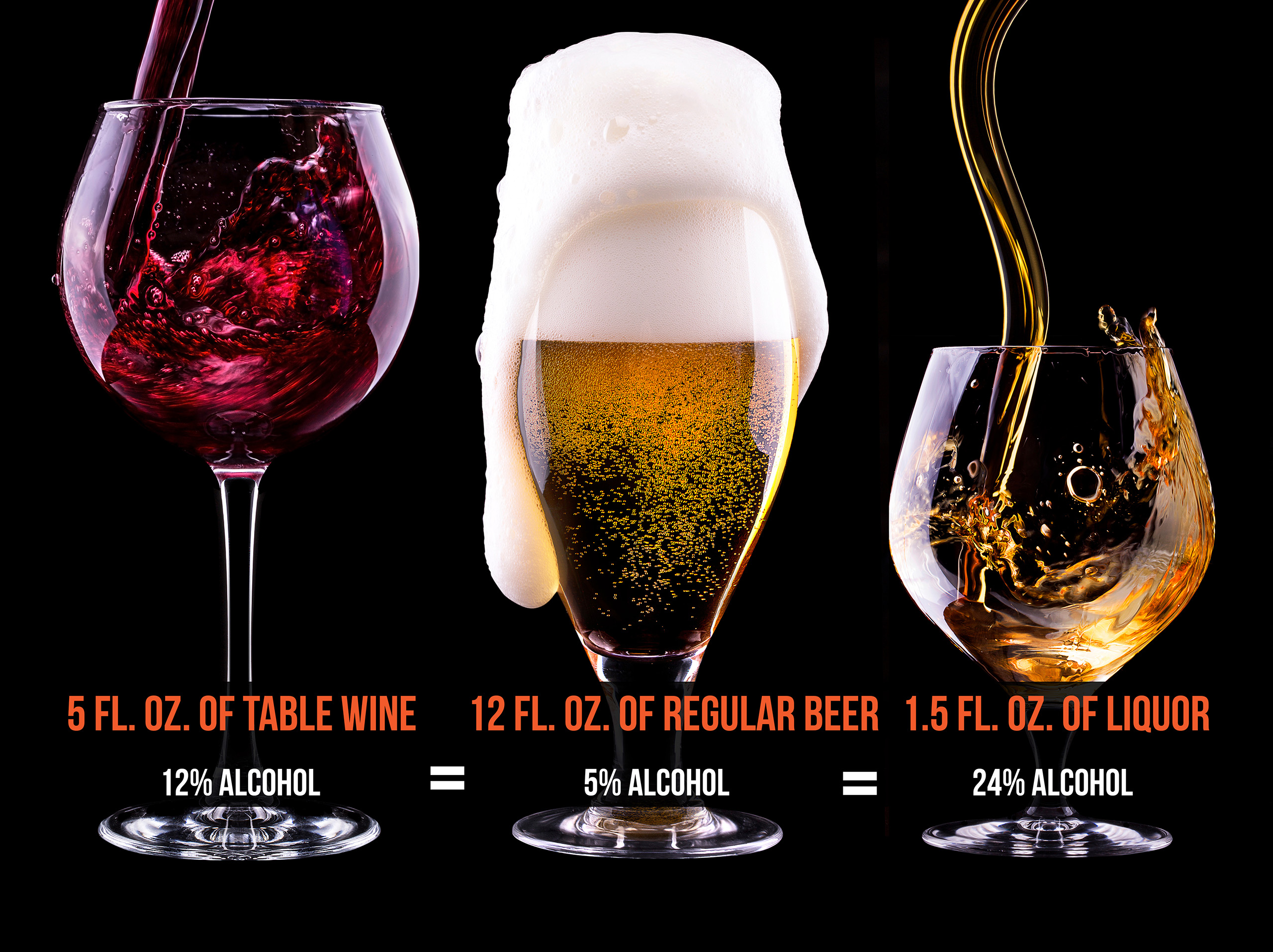Alcohol Awareness Month:
A Time for Reflection and Action
By David A. Sleet, PhD, Senior Associate, Bizzell US
April is Alcohol Awareness Month, an opportunity to raise awareness about alcohol harms and take action to prevent them, both at home and in the community.
Data from the World Health Organization found the harmful use of alcohol is a causal factor in more than 200 disease and injury conditions. Worldwide, 3 million deaths every year result from harmful use of alcohol. Overall, 5.1 percent of the global burden of disease and injury is attributable to alcohol, as measured in disability-adjusted life years (DALYs).
According to the Centers for Disease Control and Prevention, excessive alcohol use was responsible for more than 140,000 deaths each year in the United States during 2015–2019, or more than 380 deaths per day. There is clear evidence that heavy drinking, even on a small number of days increases risks to health.
Excessive drinking is also costly, reaching $249 billion in 2010, or about $2.05 per drink. Most (77 percent) of these costs were due to binge drinking, defined as drinking four or more alcoholic beverages per occasion for women or five per occasion for men. Further, two of every five dollars were paid by federal, state, and local governments, demonstrating that we are all paying for excessive alcohol use.
It is well known that alcohol is strongly associated with death from motor vehicle crashes, drowning, falls, workplace injuries, fires, burns, suicide, and violence[1]Chikritzhs, T., & Livingston, M. (2021). Alcohol and Risk of Injury. Nutrients, 13(8), 1-15. https://doi.org/10.3390/nu13082777. Alcohol also has what is regarded as “secondhand harms,” defined as harms to individuals as a result of someone else’s drinking — estimated to affect one in five adults annually[2]Nayak, M., Patterson D., Wilsnack, S., Karriker-Jaffe K., and Greenfield, T. (2019). Alcohol’s Secondhand Harms in the United States: New Data on Prevalence and Risk Factors. Journal of Studies on Alcohol and Drugs, 80(3), 273-281. https://doi.org/10.15288%2Fjsad.2019.80.273.
A recent analysis from the Institute for Health Metrics and Evaluation even suggests that for young adults aged 15-39, there are no health benefits to drinking alcohol, only harms. The harms they are most likely to experience involve injuries. Both males and females under age 40 risked health losses from alcohol use, even when consuming small amounts. For those over age 40, consuming small amounts of alcohol (e.g.,1-2 glasses of wine daily) may provide some health benefits but only among selected groups[3]GBD 2020 Alcohol Collaborators. (2022). Population-level risks of alcohol consumption by amount, geography, age, sex, and year: a systematic analysis from the Global Burden of Disease Study 2020. Lancet, 400(10347), 185–235. https://doi.org/10.1016/S0140-6736(22)00847-9.
We need stronger interventions tailored towards younger individuals to reduce the substantial global health loss attributable to alcohol use. To improve population health, the public should demand greater accountability from those who manufacture, advertise, market, distribute, and sell alcohol.
Actions you can take:
- Encourage friends and family to make small changes, such as keeping track of how much they drink – daily, weekly, or monthly – and setting safe drinking limits.
- Find effective ways to talk to your children about the risks of alcohol use and the dangers of underage and binge drinking.
- Support health care efforts to curb alcohol-related illness and disease by screening patients for alcohol problems, obtaining routine blood alcohol concentrations (BAC) for injured patients, and by strengthening laws that limit the availability of alcohol to underage youth.
- Avoid driving after drinking and support state government initiatives to enact per se laws for alcohol impaired driving to 0.05 percent BAC, from current laws at 0.08 percent.
- Limit alcohol intake to two drinks or less a day (if you are a man) and one drink or less a day (if you are a woman), on days when alcohol is consumed.
References
[1] Chikritzhs, T., & Livingston, M. (2021). Alcohol and Risk of Injury. Nutrients, 13(8), 1-15. https://doi.org/10.3390/nu13082777
[2] Nayak, M., Patterson D., Wilsnack, S., Karriker-Jaffe K., and Greenfield, T. (2019). Alcohol’s Secondhand Harms in the United States: New Data on Prevalence and Risk Factors. Journal of Studies on Alcohol and Drugs, 80(3), 273-281. https://doi.org/10.15288%2Fjsad.2019.80.273
[3] GBD 2020 Alcohol Collaborators. (2022). Population-level risks of alcohol consumption by amount, geography, age, sex, and year: a systematic analysis from the Global Burden of Disease Study 2020. Lancet, 400(10347), 185–235. https://doi.org/10.1016/S0140-6736(22)00847-9

